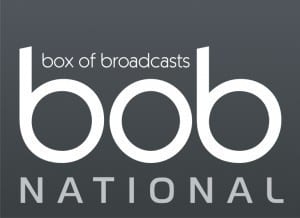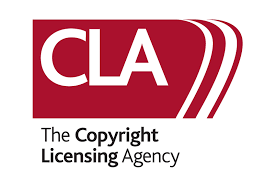Star Trek but not as we know it
By ucylcjh, on 16 December 2016
Fans of the well known TV series may be interested to read up on a current copyright case before the Central District of California Court. Follow the link to the 1709 Blog for a full account of the case: Paramount v. Axanar The Ars Technica Blog also covers the case here. The defendents are producing a short film which is a prequel to the Star Trek series. The work in question is intended as a mockumentary by the producers who are firm Star Trek fans. It is not they say designed to compete with anything produced by the rights owners of the original series. Axanor are also working on a longer film in a similar vein.
The plaintiffs on the other hand claim that the mockumentary infringes their copyright as an unauthorised derivative work and cannot be regarded as sufficiently “transformative” to be covered by the US doctrine of “fair use” (although the latter is much wider in scope than the more familar UK concept of “fair dealing”). Neither can it be justified as a parody in their view.
Possible topics to be discussed include: What constitutes fan art, how far fictional characters are protected by copyright and whether having “pointy ears” might be a protected characteristic.
 Close
Close




